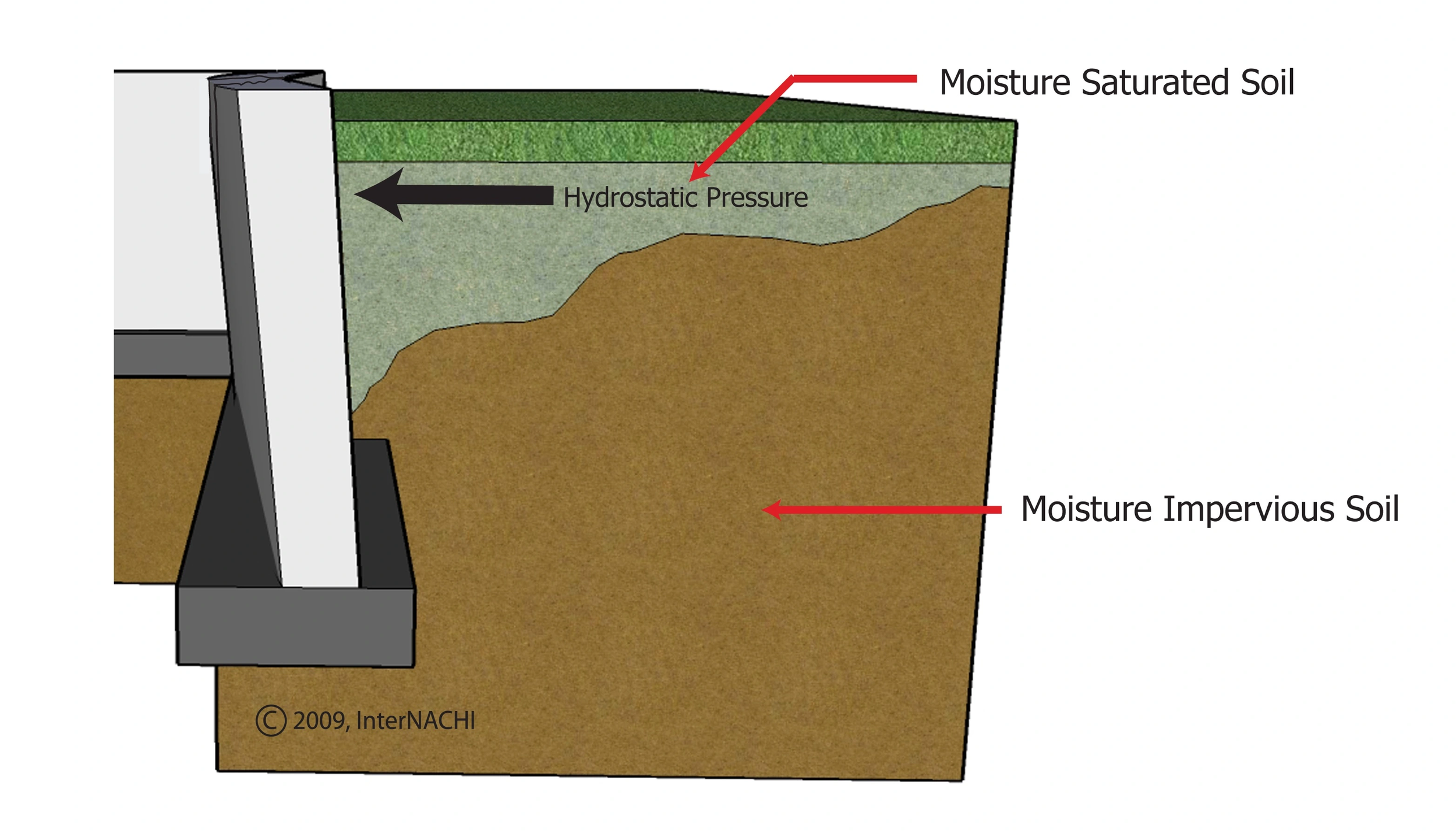Basement Moisture: Everything Homeowners Need to Know
Part 1: Understanding the Science
There’s water in your basement! Before calling a contractor or a basement specialist, it’s important to understand what’s normal, what isn’t, and how to tell good advice from a sales pitch that will take your money without delivering on value.
In this series of posts, I’m going to share everything you need to know to feel confident in your home buying and home-owning decisions when it comes to basement moisture.
Is it raining right now? Probably.
Wetter Weather in Central Ohio
Check out this map showing the departure from mean precipitation amounts from April to July in 2025, spring in Ohio again saw greatly increased precipitation and it continues. In much of the state, precipitation totals were 2-4 inches greater than the median for previous years. That is a significant increase. Rainfall increases impact us all, and for some it may have come with a surprise basement moisture issue. Even a home that typically has no noticeable moisture problems has its breaking point, resulting in dampness, or a puddle, a small stream across the floor, or even a couple of inches of water.
Hydrostatic Pressure
In the context of your basement, hydrostatic pressure is the water pressure pushing against the outside of the basement wall. Water exerts pressure against all sides of its container, and your basement wall acts like the side of a container — especially during heavy rainfalls. As more water soaks into the soil, more pressure is exerted against the exterior basement walls. This force also typically increases with depth (depth of water).
Because concrete (cinderblock, mortar, and stone) foundations are porous, they allow water to slowly flow through. Hydrostatic pressure can push water through walls, mortared joints, and small cracks. If the water table becomes high enough you may even find isolated water puddles in the middle of your basement slab coming seemingly from nowhere. This is from hydrostatic pressure pushing the water up through the floor.
Hydrostatic pressure is the enemy of your typical basement wall sealant. After a couple of years the moisture will push right back through.
Capillary Action
Remember that elementary school science project where putting the white flower in water with blue food coloring turned the flower blue? That was thanks to capillary action, or the movement of water up the stem. Capillary action is also at work in your basement.
When you have porous materials — like the materials used to build your basement — and water you have capillary action. Capillary action can be seen in soil, sediment, and base layers. Water may wick a couple inches up into a gravel base, while sand will wick water much higher. Hydrostatic pressure can push enough water through the wall to see water puddles and flow, while capillary action alone can pull enough water to dampen the basement and air, leading to easier condensation and damper basements.
Condensation
Condensation amount is impacted by the temperature of the air and its humidity level vs. the temperature of the contact surface. During summer months in Ohio, just a couple feet down into soil and you will see temperatures hovering around 50-60°F. This helps keep basements at cooler temperatures than the rest of the home and much cooler than outside air. Even 75°F air with a relative humidity of 65% will create noticeable condensate when contacting a 60°F surface, this is an easily attainable scenario during an Ohio summer.


